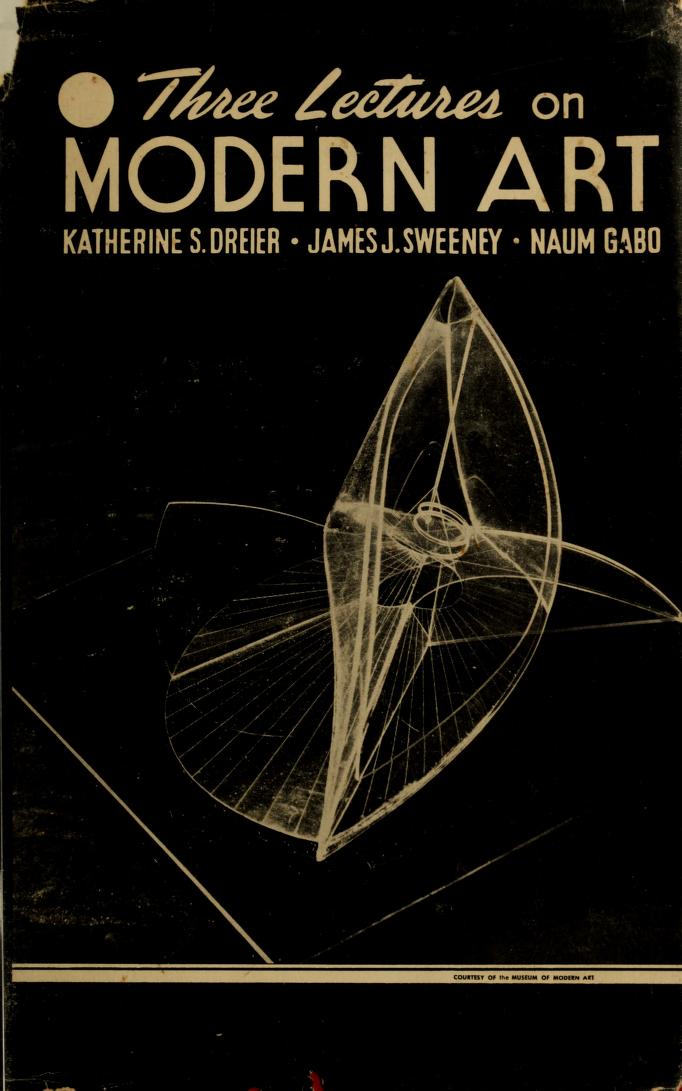Florian Cramer: Exe.cut(up)able statements: Poetische Kalküle und Phantasmen des selbstausführenden Texts (2011) [German]
Filed under book | Tags: · aesthetics, algorithm, avant-garde, code, code poetry, experimental literature, history of literature, information aesthetics, kabbalah, literature, net art, poetry, software, text, theory

“From the antiquity to today, there has been poetry that literally performs computations, processing its own letters. Prototyped by magic and Pythagorean mathematical aesthetics, it encompasses such diverse forms as kabbalist and Lullist language combinatorics, word permutation poetry, ludistic poetry, computational text collage, aleatoric, stochastic and recursive texts, Oulipian constraints, computer-generative literature, poetry in programming languages, and codeworks. Just like visual and sound poetry poetize the graphetic and phonetic dimensions of words, these writings show that computation is a dimension of language. On top of that, their poetics is rife with speculative and contradictory programs: often one and the same text form is at once being instrumentalized for total art and anti-art, mysticism and technicism, order and chaos. This has resulted in a fantastic literature whose speculative imagination manifests itself in the arrangement of letters rather than the semantics of the text. The book includes close readings of a 17th century sonnet (Quirinus Kuhlmann’s “XLI. Libes-kuss”), a 20th century musical composition (Alvin Lucier’s “I am sitting in a room”) and a 21st century net.art codework (mez breeze’s “_Viro.Logic Condition][ing][ 1.1_”), and discusses limitations of existing literary and media theory for criticism of these works.
A shorter, less scholarly English-language mutant of this book has been electronically published in 2005 as Words Made Flesh: Code, Culture, Imagination.”
Publisher Wilhelm Fink Verlag, October 2011
343 pages
Note: the book has just become free for Open Access publishing and is offered here for download in its manuscript version, licensed under Creative Commons Attribution Unported 3.0.
Comment (0)Katherine S. Dreier, James Johnson Sweeney, Naum Gabo: Three Lectures on Modern Art (1949)
Filed under book | Tags: · abstract art, art, art criticism, avant-garde, constructivism, painting

“These lectures by three brilliant leaders in Modern Art were delivered at Yale University under the auspices of the Thomas Rutherford Trowbridge Art Lecture Foundation.
These three lectures deal with the founding of the Société Anonyme; Museum of Modern Art; 1920, which was organized by Katherine S. Dreier, Marcel Duchamp and Man Ray to bring clarity and understanding to the confusion which the many new forms of expression in art brought over by the Armory Exhibition in 1913 had caused.”
The lectures include “Intrinsic Significance” in Modern Art by Katherine S. Dreier. Modern Art and Tradition by James Johnson Sweeney, and A Retrospective View of Constructive Art by Naum Gabo.
Foreword by Dean Charles Sawyer
Publisher The Philosophical Library, 1949
91 pages
PDF
Internet Archive (multiple formats)
László Moholy-Nagy: The Art of Light (2010) [Spanish]
Filed under book, catalogue | Tags: · art, avant-garde, bauhaus, constructivism, film, graphic design, light art, painting, photography, sculpture, typography

An artist and thinker of astounding energy and ability, Laszlo Moholy-Nagy was a true world citizen of the early twentieth century, an ambassador-at-large for Constructivism, Suprematism, Dada and the Bauhaus. He brought the same Constructivist optimism to every medium he tackled, from plexiglass and light sculpture to typography to his photographic experiments in color to his Suprematist canvases, his influential pedagogy at the Bauhaus and at the Institute of Design in Chicago. Moholy-Nagy’s concept of the arts as a totality, his pedagogy and his confidence in the new industrial culture that would level distinctions between art and craft led him into all fields of creative production. The ultimate modernist Renaissance man, Moholy-Nagy was prolific in so many realms that his detractors inevitably charged him with dilettantism. This accusation ignores his very real innovations in photography–for example his photograms–and light sculpture, as well as the fact that the artist’s aims possessed a conceptual unity in their common aspiration to make an “art of light.”
László Moholy-Nagy: The Art of Light presents Moholy-Nagy’s work in all of its glorious unity and diversity. Including more than 200 works, from painting, photography (black and white and color) and photograms to collages, films and graphic design, it emphasizes his greatest years of productivity, from 1922 to the end of his life. The Art of Light is the new definitive volume on this hero of modernism.
László Moholy-Nagy: El Arte de la Luz
Book coordination: Doménico Chiappe, Luisa Lucuix
Editor: Emilio Ruiz Mateo
Publisher: La Fábrica Editorial / Círculo de Bellas Artes, Madrid
ISBN: 8492841257, 9788492841424
264 pages
exhibition (Madrid, 2010)
Comment (0)
